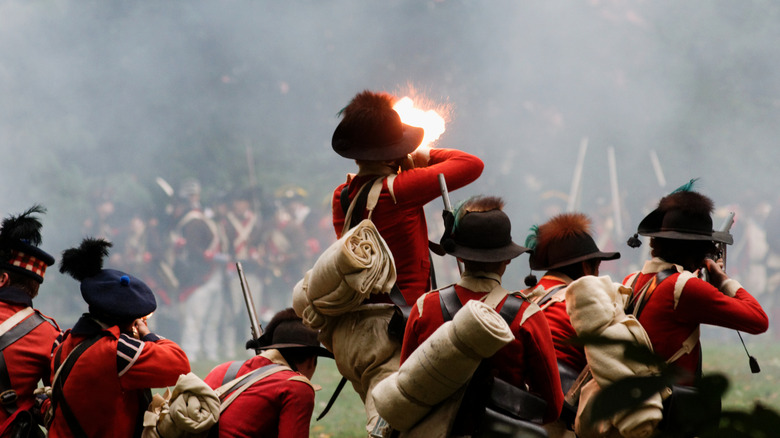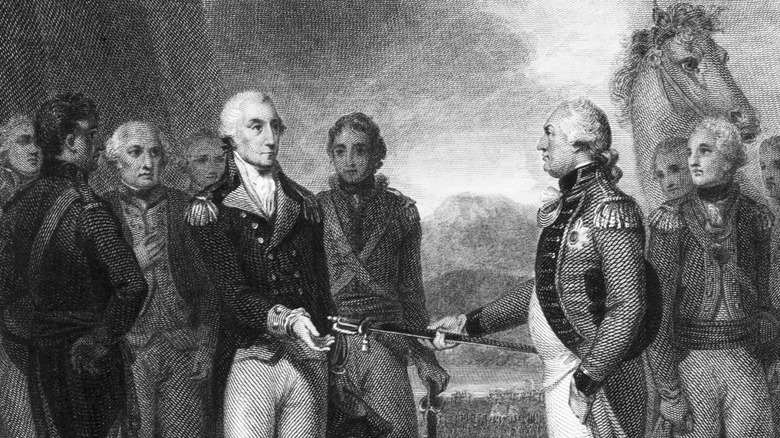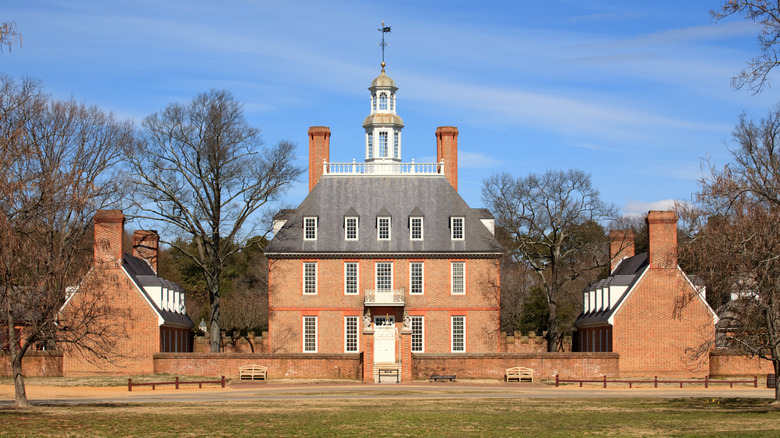Archeologists Uncovered Revolutionary War Barracks That A British General Tried To Destroy
In the summer of 1781, General Charles Cornwallis was in the midst of trying to subjugate Virginia and fend off Gilbert du Motier, the Marquis de Lafayette and his Continental troops who shadowed him. During the campaign that would end with Cornwallis' defeat at Yorktown and lead to the end of the Revolutionary War, the general ordered his troops to burn down Rebel barracks in Williamsburg, Virginia. The Commonwealth of Virginia began building the barracks in August 1776, not long after the Declaration of Independence, and when completed it housed as many as 2,000 Continental troops and 100 horses. But then one fateful night, the British surprised the Patriots, killing two and sending the rest fleeing into the darkness.
Nearly 250 years later, while doing due diligence on a site for a new regional sports complex, archaeologists from Colonial Williamsburg, a living history museum foundation, discovered the remains of the barracks. "We've known about this site for a long time, but we've never known exactly where it was," Jack Gary, Executive Director of Archaeology for Colonial Williamsburg, told the Williamsburg Yorktown Daily. They shifted the site for the sports complex away from the nearly four-acre barracks site and began an archeological dig in the summer of 2023.
The British likely burned the barracks not long before their defeat
In May 1781, Cornwallis, commanding more than 5,000 British troops, began his Virginia campaign, raiding and destroying supplies. By early summer Cornwallis had captured Richmond but hadn't managed to engage the much smaller Continental force of around 3,200 commanded by the Marquis de Lafayette when the British made camp at Williamsburg. A Continental soldier, Spencer Davis, later recalled the raid on the Williamsburg barracks that mid-June. "There was some little fighting & two of my acquaintances, one belonging to Capt Humphreys company killed," he recounted in a pension application (page 3). As he and the other soldiers retreated, they could see the light from the fires the British troops had set that raged through the barracks.
Not long after, Sir Henry Clinton, the British commander in chief, ordered Cornwallis to the Chesapeake Bay to find a good location for a new naval station. Cornwallis began fortifying Yorktown. As he did, the Continental Army under General George Washington and French forces commanded by Jean-Baptiste Donatien de Vimeur, comte de Rochambeau, which included a fleet, converged on Yorktown. They began a siege on September 28, which ended on October 19, with Cornwallis' surrender, believing his troops could no longer hold out.
What's been found so far
Over the ensuing years, the site of the Williamsburg barracks became lost to time and left mostly undisturbed. Archeologists from Colonial Williamsburg began excavating the site on the foundation's property as part of a protocol required for any new construction. "We started by getting together as much historical documentation about the area where this new facility is going to be built," Jack Gary told Fox News. So far, the archeologists have uncovered bricks, the base of a chimney, belt buckles, mother-of-pearl button inlays, ceramics, gun hardware, and lead bullets. The bullets are an especially interesting find because they have teeth marks in them that the archeologists believe were made by bored Continental troops who gnawed on them because they had a sweet taste.
"[It's] kind of one of those things to pass the time. I think any soldier out there can probably tell you that there's a lot of downtime in the military," Gary told Fox News. The unearthing of the barrack's site isn't the only somewhat recent discovery related to the American Revolution. In November 2022, researchers from the University of South Carolina made a historical discovery when they unearthed skeletal remains of Continental soldiers who had been killed in the battle of Camden fighting Cornwallis's troops. This battle in South Carolina on August 16, 1780, took place less than a year before Cornwallis's men likely burned down the Williamsburg barracks. The past it seems is still present, if you know where to look.


